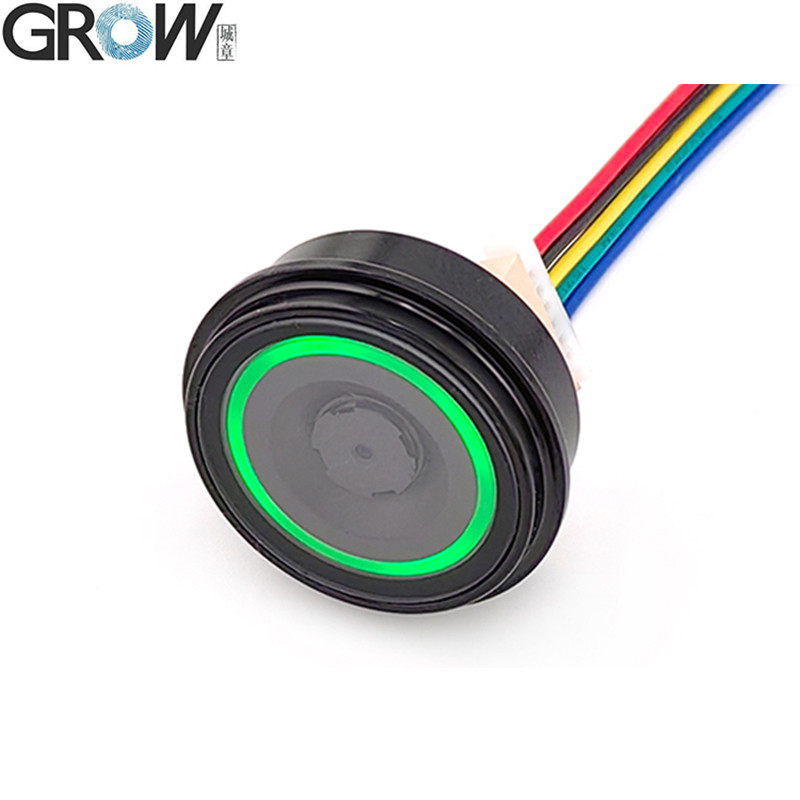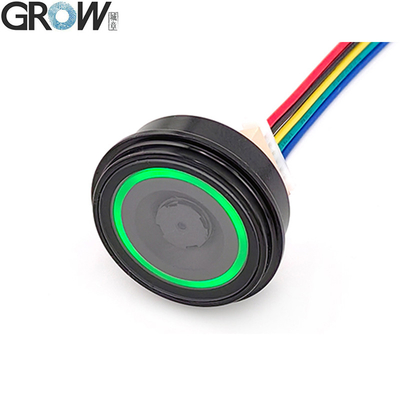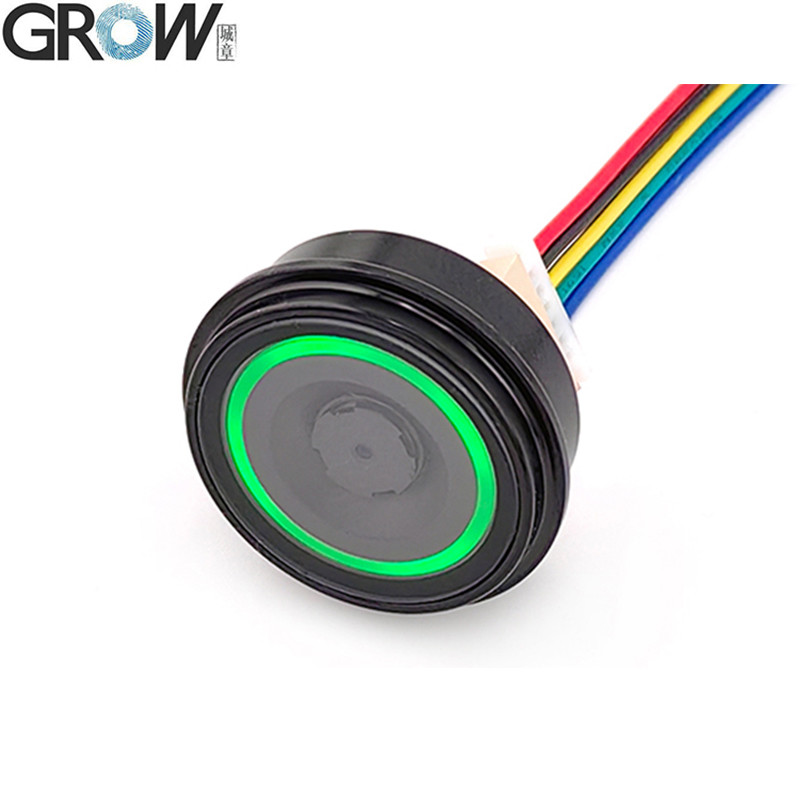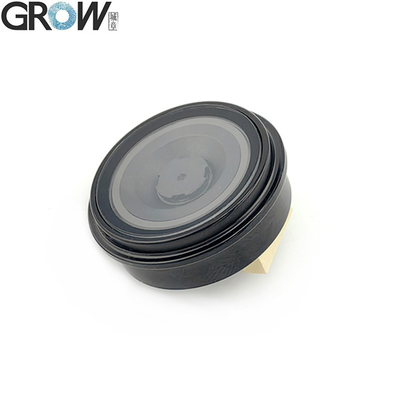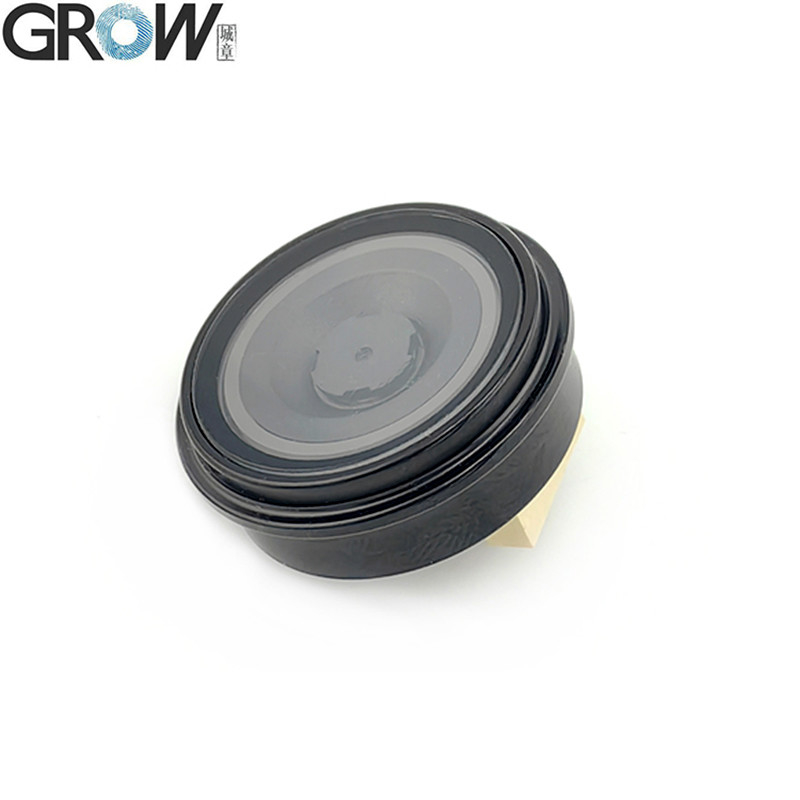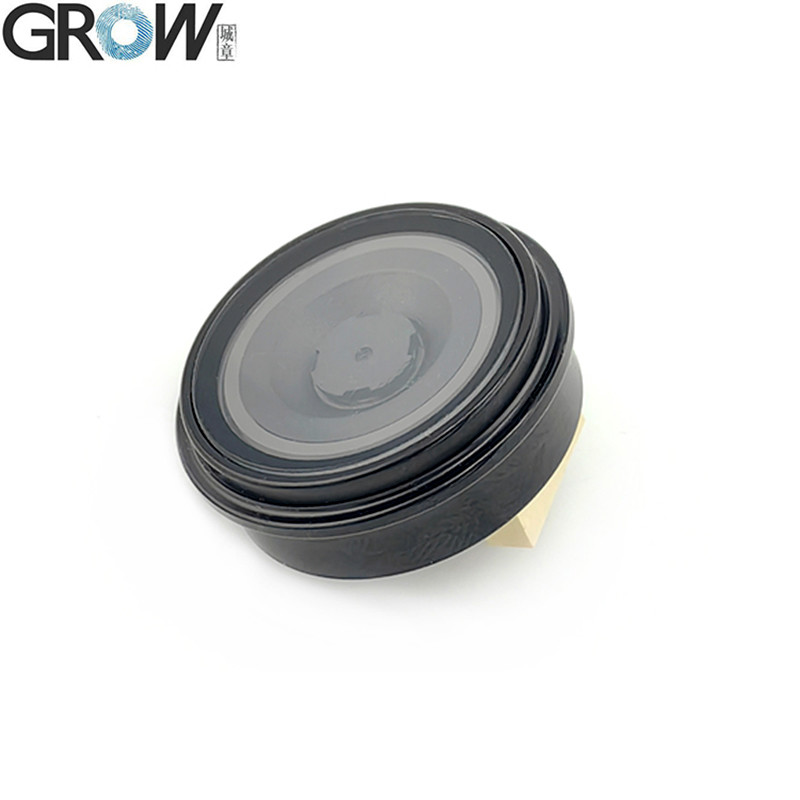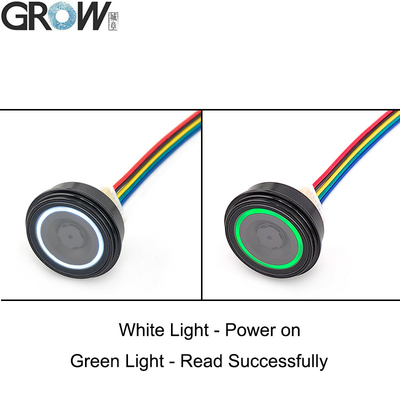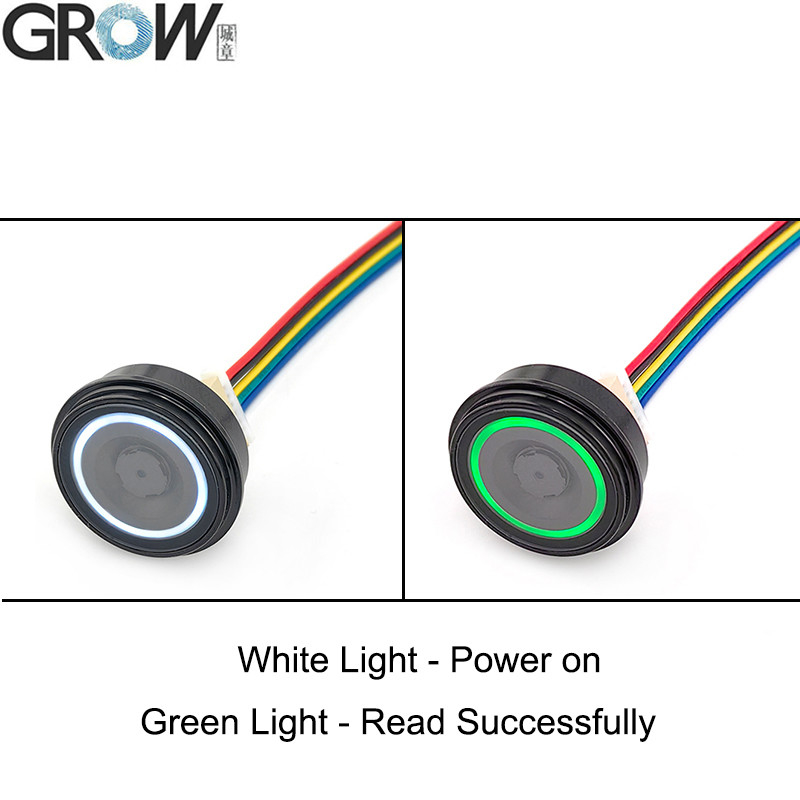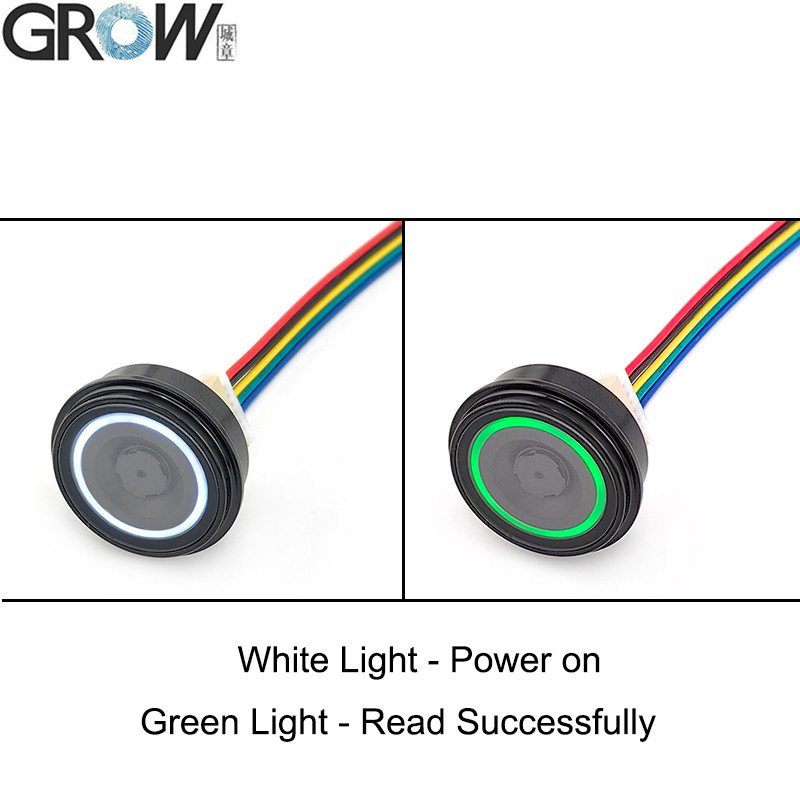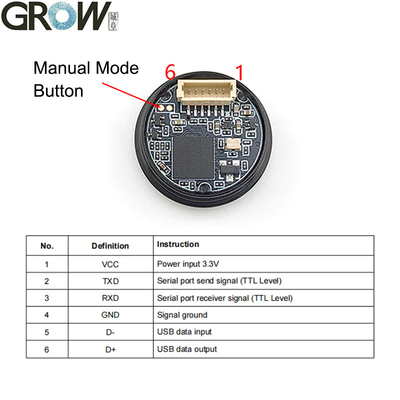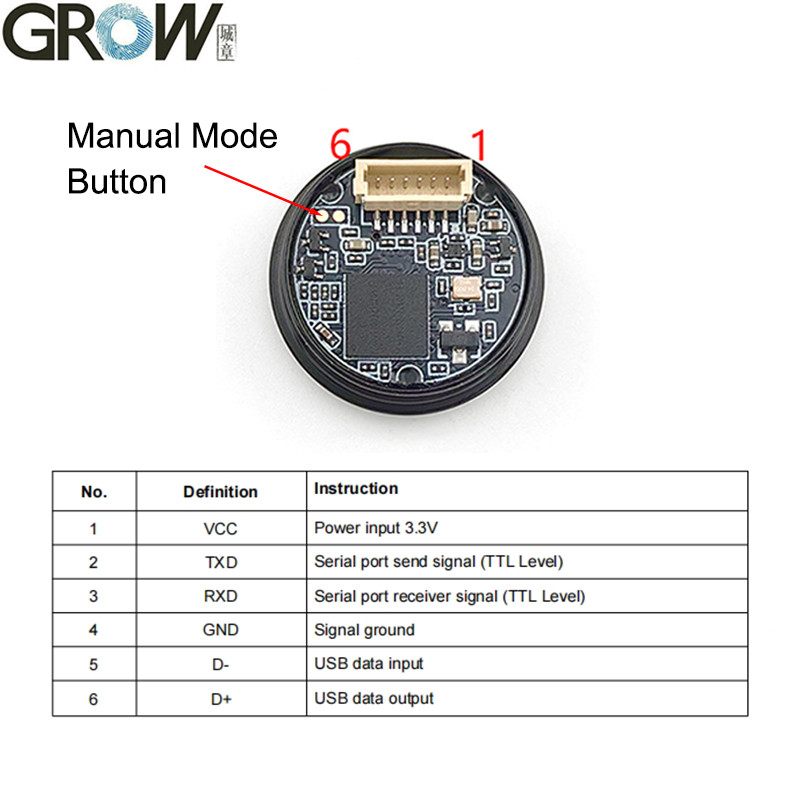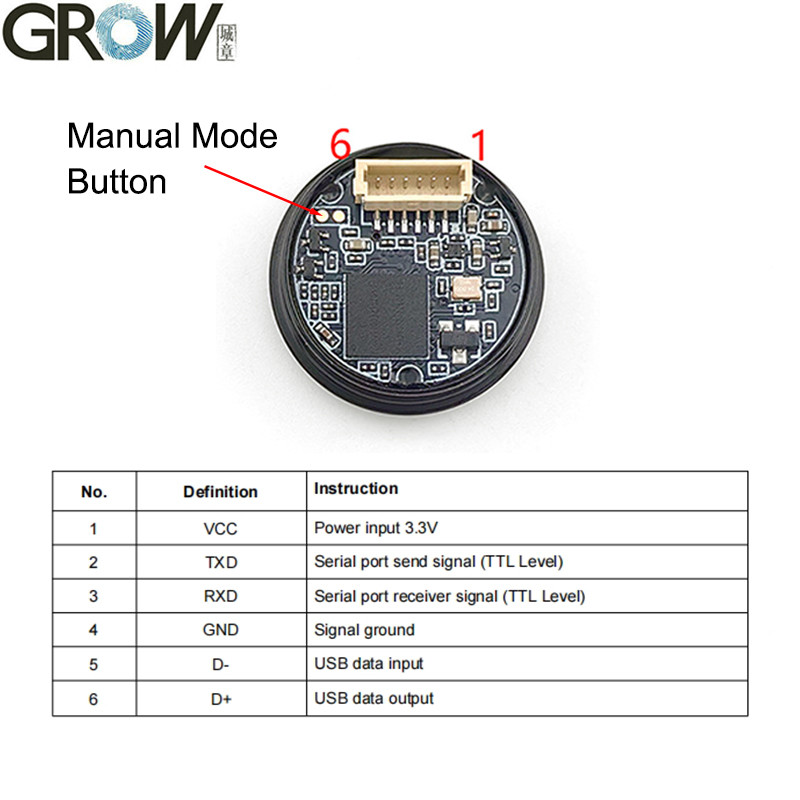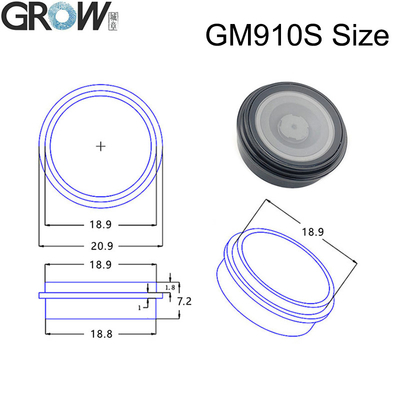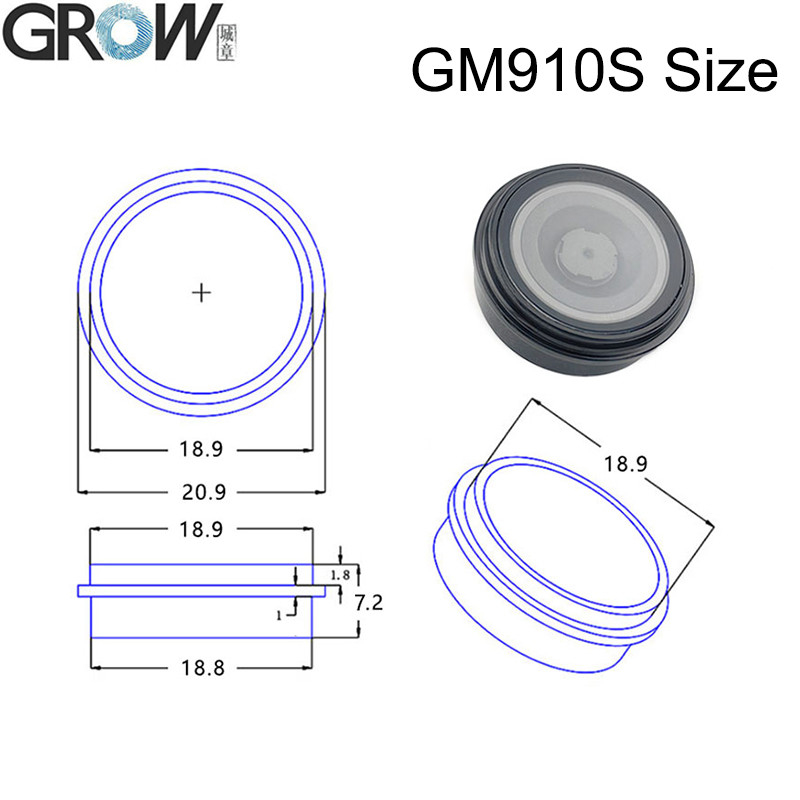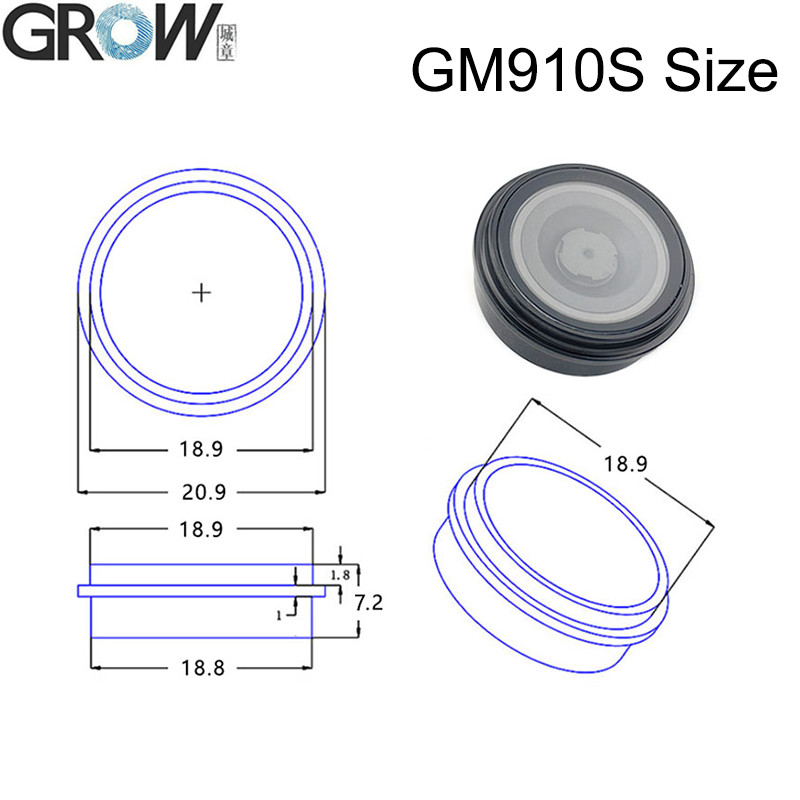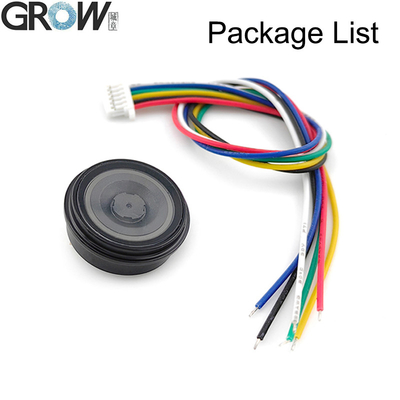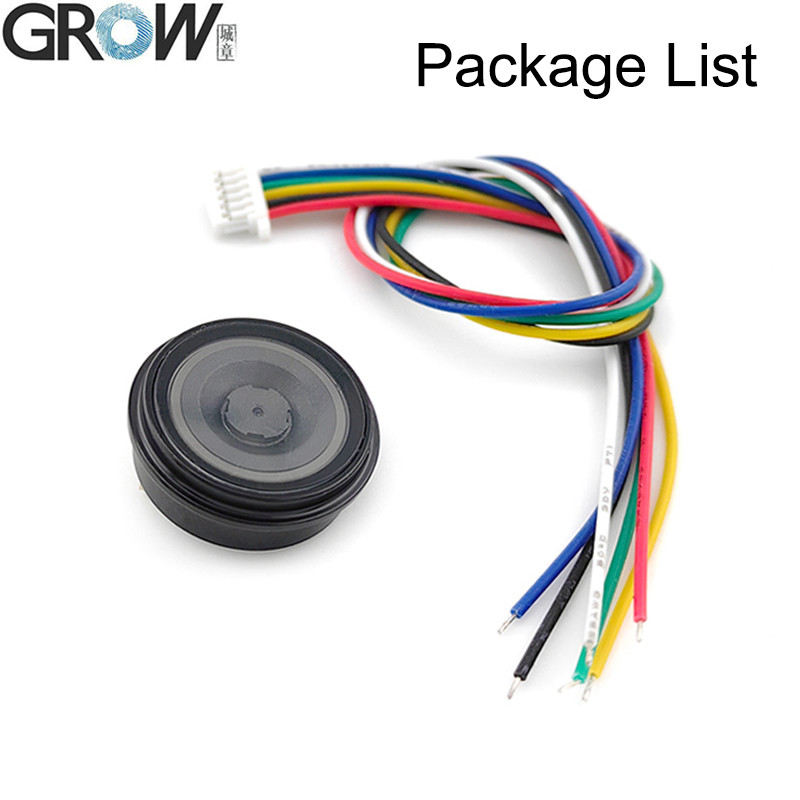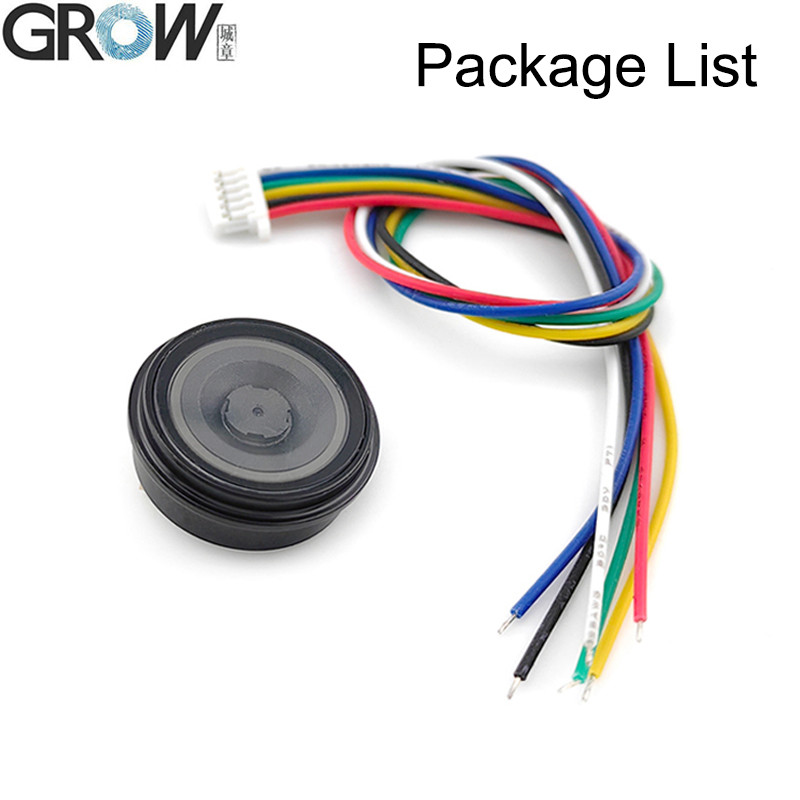|
Scanning Performance
|
Scan Mode
|
640*480 CMOS
|
|
Read Code Type
|
2D
|
QR Code, Data Matrix, PDF417,maxicode,Aztec,hanxin
|
|
1D
|
EAN,UPC,Code 39,Code 93,Code 128,UCC/EAN 128, Code 11,
|
|
Codabar, Interleaved 2 of 5, Standard 25,MSI-Plessey
|
|
GS1 Databar, Industrial 25, Matrix 2 of 5
|
|
Accuracy of reading
|
One Dimensional Code:6mil
|
|
Working Mode
|
Continuous Mode, Induction Mode, Manual Mode
|
|
Depth of Field
|
Alipay
|
30-150mm
|
|
Bus
|
50-120mm
|
|
Contrast
|
≥25%
|
|
Scanning angle
|
Intersection angle 360°, Elevation ± 55°,
Deflection angle ± 55°
|
|
Viewing Angle
|
Inclination 60°, Elevation 46°
|
|
Mechanical/
Electrical Parameters
|
Interface
|
TTL-232,USB
|
|
Dimension
|
External diameter 20.9mm,Inner diameter 18.8mm,
Height 7.2mm
|
|
Operating Voltage
|
3.3V
|
|
Operating Current
|
≤100mA
|
|
Environmental Parameters
|
Operating Temperature
|
-20℃~+50℃
|
|
Storage Temperature
|
-40℃~+70℃
|
|
Operating Humidity
|
5%~95% (Non-Condensing)
|
|
Environmental Light
|
10~100000LUX
|
·Provide User Manual
QR Code Module: Unlocking the Invisible Key to the Internet of Things World
In the era of the Internet of Things, Internet of Things (IoT) technology is reshaping our lives and industrial landscape at an astonishing speed. From smart homes to industrial automation, from smart cities to precision agriculture, IoT devices sense and transmit data like nerve endings. However, in this vast network, there is a seemingly small but crucial component quietly playing a central role - the QR code module. It is not only a bridge connecting the physical world and the digital world, but also a key technological engine driving the Internet of Things towards universality and scenarization.
1. QR code module: the "neural tentacles" of the Internet of Things
The QR code module is a hardware module that integrates a camera, image processing chip, and decoding algorithm. Its core function is to quickly recognize and parse QR code information. Unlike traditional scanning devices, modern QR code modules achieve low power consumption, small size, and high reliability through highly integrated design. They can be embedded into various IoT terminals and become the "sensory organ" for device cloud interaction.
Technical highlights:
Minimalist interaction, instant response: No complex operations required, the device automatically scans the QR code through the module to complete data reading, device pairing, or command triggering, achieving a "one touch connection" experience.
Environmental adaptability: Supports high-precision recognition in complex scenarios such as stains, blurriness, and low light, adapting to harsh environments such as industry and logistics.
Secure encryption: Built in national encryption algorithms or dynamic encryption technology to ensure the security of data transmission and prevent information tampering.
2. How can QR code modules reconstruct IoT scenarios?
a. Intelligent retail: from "people looking for goods" to "goods looking for people"
In unmanned supermarkets or smart containers, QR code modules are combined with gravity sensing and RFID technology to achieve automatic identification and settlement of goods. Users scan the code to open, pick up, and close the door before leaving. The system synchronizes inventory data in real-time through modules, optimizes replenishment logic, and even pushes personalized discounts based on user purchasing habits.
b. Industrial Internet of Things: Device as a Service (DaaS)
Traditional industrial equipment needs to be connected to the network through tedious parameter settings, while QR code modules endow the equipment with "plug and play" capabilities. Workers can scan the QR code on the device to automatically complete device registration, configuration download, and status monitoring, greatly reducing deployment barriers. For example, in intelligent manufacturing, modules can upload real-time machine operation data and combine AI algorithms to predict maintenance cycles.
c. Smart City: The Bottom Logic of One Code Connected City
From unlocking shared bicycles to bus and subway ride codes, from electronic guides to scenic spots to "one-stop" government services, the QR code module supports the digital entrance to urban services. Taking the medical scene as an example, patients can scan the code to associate electronic medical records, register and pay, and hospitals can quickly match medical resources through modules to improve diagnosis and treatment efficiency.
d. Agricultural Internet of Things: "Digital ID Card" for Fields and Fields
In smart agriculture, the QR code attached to each agricultural product packaging or equipment records the entire process from planting to dining table. The QR code module is embedded into agricultural drones or detection terminals to collect real-time soil moisture and crop growth data, and achieve precise irrigation and traceability queries through scanning the code, promoting the transformation of agriculture towards data-driven.
3. The IoT philosophy behind the QR code module
a. Cost reduction and efficiency improvement: making the Internet of Things within reach
Traditional IoT solutions rely on expensive sensors, gateways, and complex deployments, while QR code modules, with extremely low costs (module prices can be as low as a few yuan) and flexible integration methods, allow everyday items such as refrigerators, street lights, and even shared power banks to easily access the network, accelerating the popularization of IoT.
b. User Center: From "Technology Driven" to "Experience Driven"
The QR code module simplifies complex IoT interactions into the intuitive action of "scanning the code" without the need for learning costs. This "seamless connection" design is the key to the transition of the Internet of Things from showcasing technology to realizing user value.
c. Open ecosystem: breaking down data silos
As an open standard, QR codes naturally have cross platform and cross industry compatibility. Module manufacturers provide SDKs and API interfaces to enable devices and systems from different manufacturers to achieve data interoperability based on QR codes, building an open and collaborative IoT ecosystem.
4. Future prospects: Integration of QR code modules and AIoT
With the integration of edge computing and AI technology, the two-dimensional code module is evolving into an "intelligent perception node":
Dynamic QR code: Content can be updated in real-time (such as encrypted temporary authorization codes) to enhance security and flexibility.
Multimodal interaction: Combining voice, NFC, and other technologies to create a "one code multi energy" composite terminal.
Space computing: By combining QR code positioning with AR technology, scene based services that integrate reality and virtuality can be achieved (such as museum tours and industrial maintenance guidance).
Conclusion: Small Square, Big World
The QR code module, this seemingly simple technological component, is reconstructing the connection logic of the Internet of Things in a subtle and silent way. It transforms devices from isolated data islands into interactive, evolving, and value-added intelligent agents. In the future, when every QR code module becomes a "neuron" of the Internet of Things, we may usher in a truly intelligent world of "everything has a code, one code interconnection" - and all of this begins with the black and white matrix touched by fingertips.

 Your message must be between 20-3,000 characters!
Your message must be between 20-3,000 characters! Please check your E-mail!
Please check your E-mail!  Your message must be between 20-3,000 characters!
Your message must be between 20-3,000 characters! Please check your E-mail!
Please check your E-mail! 

